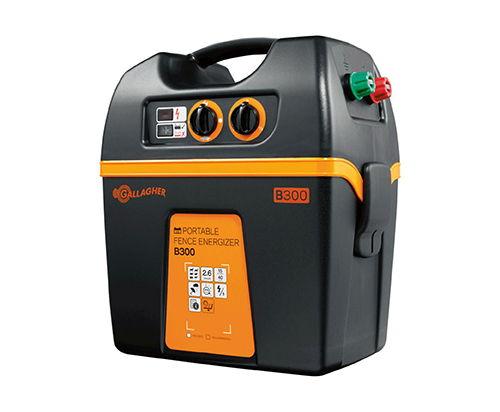

Summer Electric Fencing
Words supplied by Gallagher
Some things to be thinking about as we head into summer – the effects of dry ground and long grass.
Drier ground means those fence setups with a poor-quality earth will no longer be effective at containing stock. Remember to deliver an effective shock to an animal the circuit needs to be completed via the earth system. Perhaps extending the earth line down to a nearby wet area (creek or swamp) will be sufficient. However, if you are in an area of low conductivity soil, then you may need to run an earth wire out with some of your fence network.
Long grass needs to be dealt with proactively. If you wait for the grass to grow before dealing with it, you’ll have an ineffective fence that won’t deter stock. What is your mitigation strategy? Do you use a joint clamp to disconnect the bottom wire so it is not powered? Do you spray your fence lines? Or can you remove the bottom wire entirely? If you’re fence system runs through paddocks that will be reserved for hay and silage production, can you isolate those paddocks with a gate switch to reduce the power draw?
Also, as most of your break feeding equipment is back at the barn it’s a good chance to do some maintenance and get it ready for next season.
- Replace or repair bent standards
- Check geared reels and replace damaged tape / wire
- Test and replace any damaged leadsets
And a final note to be prepared for the summer cyclone that seems an annual New Zealand event. Do you have back up power available for your electric fence system? If the fence is critical – under heavy stock pressure – how quickly will that backup power come on?
As for portable solar, strip grazing is more heavily used in winter. Nothing specific for summer. However, if you want to keep the animals out of your growing vege garden then a portable solar solution is often the best way to get power where you need it.
FEATURED PRODUCTS



Gallagher Energizer 15Ha
The B300 is a versatile Energizer - ideal for providing portable power for short term animal control but also for permanent installations, in remote areas with no mains power.

Gallagher Insulator Claw Wood
The most popular choice for permanent electric fencing using wood posts. High quality insulator for fitting plastic wire to wood posts.